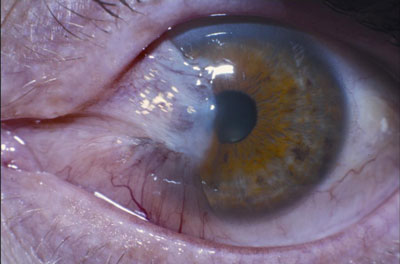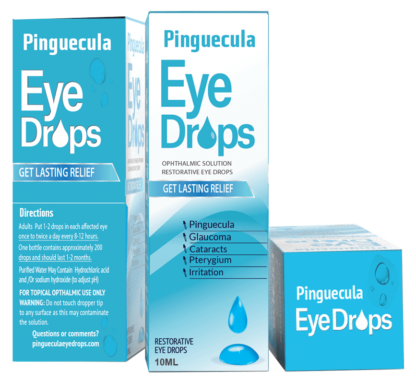
Pinguecula is an abnormal growth of conjunctival tissue that may occur on the surface of the eye. While it is not a cancer, pinguecula cells do not extend to the cornea and may be benign. People who spend extended periods of time outdoors or in sunny climates are at a higher risk of developing the growth. While it does not pose a threat to sight, the inflammation of the eye can make vision difficult.
The treatment of pinguecula is not complex. Most people with the condition can treat it using over-the-counter or prescription eye drops. In some cases, surgery may be the only option for severe eye irritation or cosmetic concerns. The first step is to consult with a doctor, who can recommend a suitable treatment. In addition to eye drops, your doctor may also recommend an alternative treatment such as a lens. A topical ointment is another option for those who experience intense dryness and itchiness.
There are no specific treatments for pinguecula, but there are several over-the-counter or prescription eye drops that can help relieve symptoms. The most effective treatment is to prevent further exposure to sunlight. To prevent the development of pinguecula, wear protective glasses and avoid the sun. However, if you experience pain, you should contact your doctor immediately. If you feel uncomfortable with these treatments, you can use topical eye drops.
Once the disease is diagnosed, the doctor will prescribe treatment. A cold compress involves placing a cloth soaked in cold water on the affected eye. You can apply a cold compress for twenty minutes at a time. Re-application is recommended every two hours. If inflammation continues, surgery may be the next option. Surgical treatment is required, which may leave scars on the affected area. In severe cases there are no other options. In some cases there is no treatment.

A pinguecula is a benign tumor that may cause minor discomfort. Although it may be painful, it is not cancer. This is often caused by overexposure to ultraviolet light. To treat pinguecula, your doctor may prescribe topical eye drops or perform an examination. Your doctor may also recommend a surgical procedure. This treatment can be used to relieve discomfort during recovery. If your symptoms persist, the health site sga.co.th will recommend a surgical procedure or an alternative medicine to correct the condition.
If your pinguecula is bothering you, your doctor may prescribe a cold compress. To do this, apply a cloth moistened with cold water to the eyes for twenty minutes. You may need to repeat the cold compress every two hours. If the pinguecula is affecting your vision, you can have surgery to remove it. The procedure may cause scarring, but is very effective. This will also relieve you from the discomfort associated with pinguecula.
There are several over-the-counter and prescription eye drops available. These drops can help ease discomfort and inflammation and can even moisturizing your eyes. The over-the-counter solutions mimic the tears of healthy people. Other treatments are available in the form of steroid eye drops. For severe cases, surgery may be required. There are other options to treat pinguecula. During treatment, steroid eye drops are a common solution.
A doctor can also prescribe steroid eye drops for the pain associated with the pinguecula. Those with the condition can also receive topical medications to relieve their discomfort. While surgical procedures are not common for pinguecula, patients can benefit from the simple remedies. Some of these treatments include steroid eye drops. A good steroid eye drops are recommended for the first few days. While the doctor will recommend steroid eye drops, you can also take the medication prescribed by your eye health care provider.
There are several options to treat pinguecula. In severe cases, surgical treatment may be necessary. This is an outpatient procedure. A surgeon will carefully cut the pinguecula away from the eye. Afterward, a surgeon will place a tissue graft over the area to prevent regrowth. During the recovery period, the patient will likely experience pain, redness, and pain. A grafted tissue is a better option than the original skin flap.